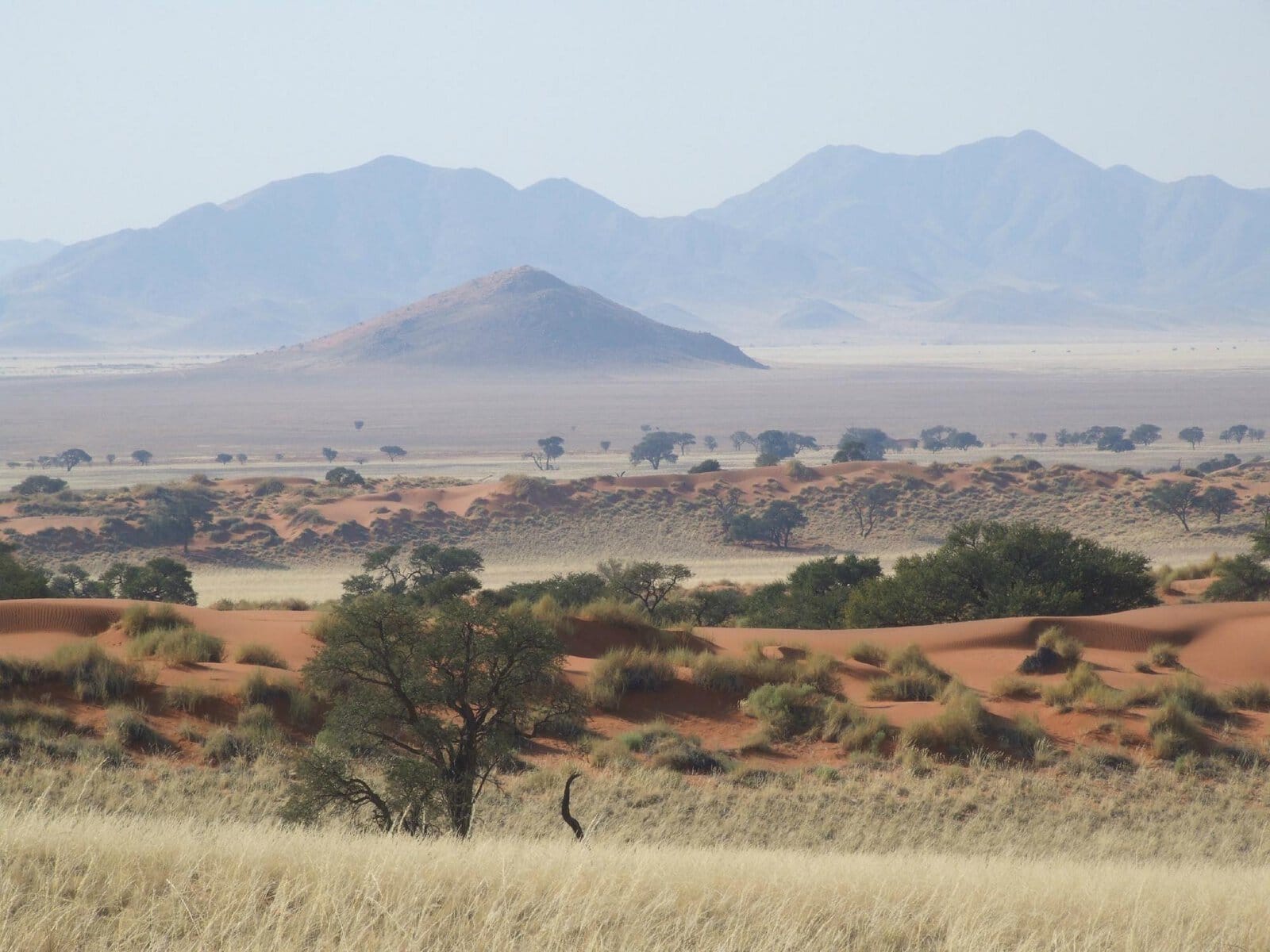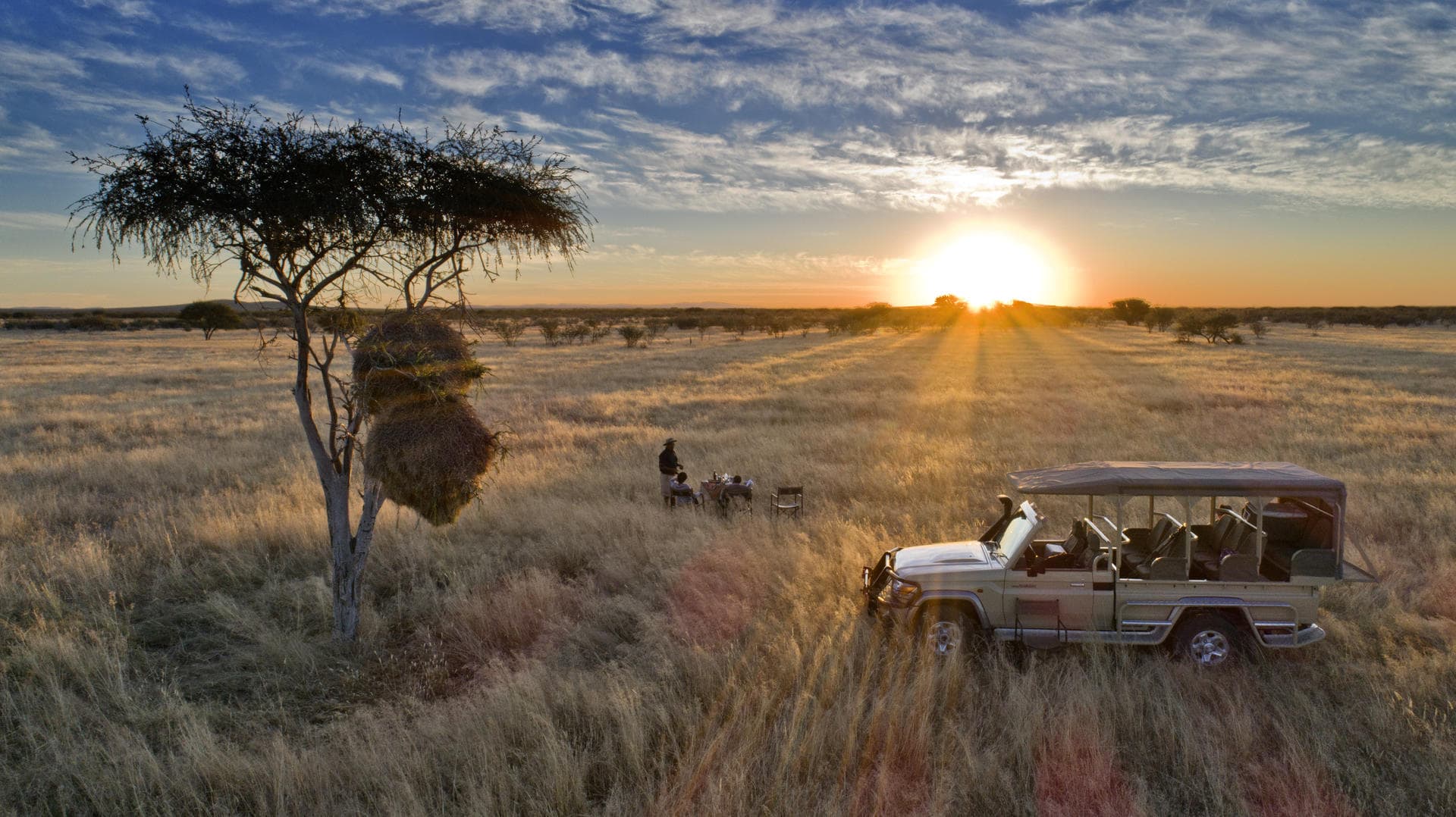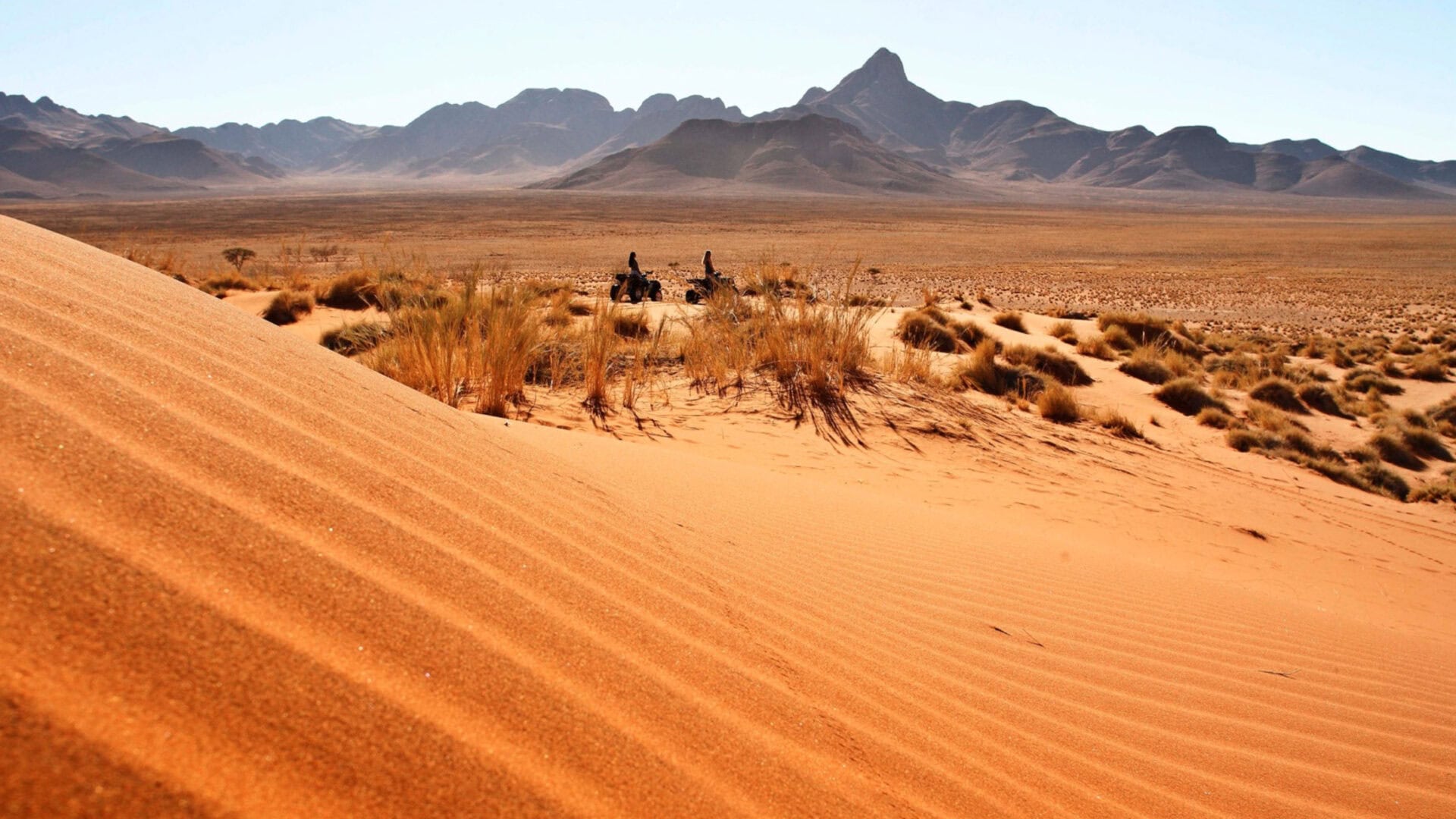When Namibia gained independence on 21 March 1990, a new nation was born, not only politically but culturally. Beneath the wide desert skies and shifting dunes lies a land rich in story and sound. The languages of Namibia – every greeting and every song moment – tell the tale of its people. From the San, Nama, and Damara, to the Herero, Ovambo, and beyond.
In a country that’s home to around three million people, language isn’t just a means of communication; it’s the heartbeat of identity. To understand Namibia is to listen: to the clicks of the Khoisan tongues, the rhythm of Oshiwambo, and the warmth of English that now bridges the country’s many communities and cultural groups.
A Brief History of the Languages of Namibia: From Many Tongues to One Nation

Before independence, Namibia’s linguistic landscape reflected its complex colonial past. Afrikaans, German, and English were the official languages under South African rule. Yet with freedom came a powerful choice. English became the official language of Namibia, symbolising unity and inclusion after decades of division.
Today, English serves as the official language used in government, schools, and public life. But the real beauty lies in what you’ll hear day to day. A harmony of about 26 languages spoken across the country.
The Main Languages of Namibia

Namibia’s people reflect its vast geography, from the cool coastal towns of Swakopmund to the red sands of the Kalahari and the rugged Kunene valleys. Each region carries its own voice. Here’s a look at the most widely spoken languages of Namibia:
- Oshiwambo
Spoken by nearly half of the population, it’s the mother tongue of the Ovambo people, who live mainly in the north. You’ll hear it in markets, music, and warm conversations that often end with laughter.
- Khoekhoegowab (Nama/Damara)
Recognisable by its beautiful clicking sounds, this is one of the most distinct Namibian languages, spoken by around 12% of the population.
- Afrikaans
Once an official language, also a common language spoken in South Africa, Afrikaans remains a common lingua franca, particularly in the urban areas and among older generations.
- Otjiherero
The language of the proud Herero people, known for their striking traditional dress and deep cultural heritage.
- Other Bantu and Khoisan languages
These include Fwe, Kuhane, Yeyi, Tswana, Mbukushu, Naro, Kung-Ekoka, and Kxoe. Each preserves local wisdom and oral traditions that stretch back centuries.
- Otjihimba
This is commonly known as the Himba tribe language. A nomadic tribe living in Namibia for centuries, easily identifiable by their distinctive red clay hairstyle. Otjihimba is a dialect of Herero.
The San People and the Oldest Tongues on Earth

Among Namibia’s most remarkable linguistic treasures are the San languages. Part of the ancient Khoisan family, some of the oldest spoken languages in the world. Their intricate click consonants and tonal variations carry more than words; they carry connection to the land, to ancestors, and to survival.
When you hear a San storyteller speak, you don’t just listen, you feel. The rhythm of the language echoes the pulse of the desert, the path of the hunt, and the harmony of a people who have thrived here for tens of thousands of years.
With such a rich history and a dwindling population of fluent speakers, regional efforts are being made to preserve the San languages. People like Katrina Esau have set up schools that’ll aim to keep the ancient dialect alive amongst younger generations.
Essential Words to Know Before You Go
Although English is widely spoken, a few simple words in the languages of Namibia can open doors, hearts, and conversations. Try these when you travel:
| English | Oshiwambo | Khoekhoe | Afrikaans |
| Hello | How are you? | Thank you | Goodbye |
| Ongiini | Ongeipi? | Tangi | Kala po nawa |
| Halau | Matisa? | Gangans | Khawamugus |
| Hallo | Hoe gaan dit? | Dankie | Totsiens |
Language as a Bridge, Not a Barrier

Many travellers ask, “What language do they speak in Namibia?” The answer is, many! But that diversity isn’t confusing; it’s connecting. English makes it easy to travel, but it’s the local languages that let you truly feel the country.
Local guides will help you navigate both words and worlds, sharing humour, wisdom, and traditions that don’t always make it into guidebooks. Through them, you’ll learn how language shapes perspective and how every phrase is a thread in Namibia’s greater story.
More Than Words: The Languages of Namibia as a Living Heritage

Namibia’s voices reflect resilience. From the days before 1990 through to the present, languages have carried stories of immigration, colonisation, and renewal. They’ve adapted, borrowed, and evolved; yet remained rooted in community.
In many rural areas, oral storytelling still thrives. Gather around a fire, and you might hear a folktale in Otjiherero or a song in Nama. Living links between generations. Moments like these reveal what travel is truly about: connection, humility, and understanding.
Experience the Languages of Namibia First-Hand

If you want to go beyond sightseeing and truly feel Namibia, start by listening. Let a local guide teach you a greeting, or join a community visit where words are shared alongside laughter and song.
Language is more than sound; it’s belonging. And in Namibia, every voice has a story worth hearing.
Ready to explore where to go in Namibia?
Let us show you places where culture, language, and landscape meet. And where every conversation becomes part of your journey.










 Copy Link
Copy Link
 Share on LinkedIn
Share on LinkedIn
 Share on Facebook
Share on Facebook











